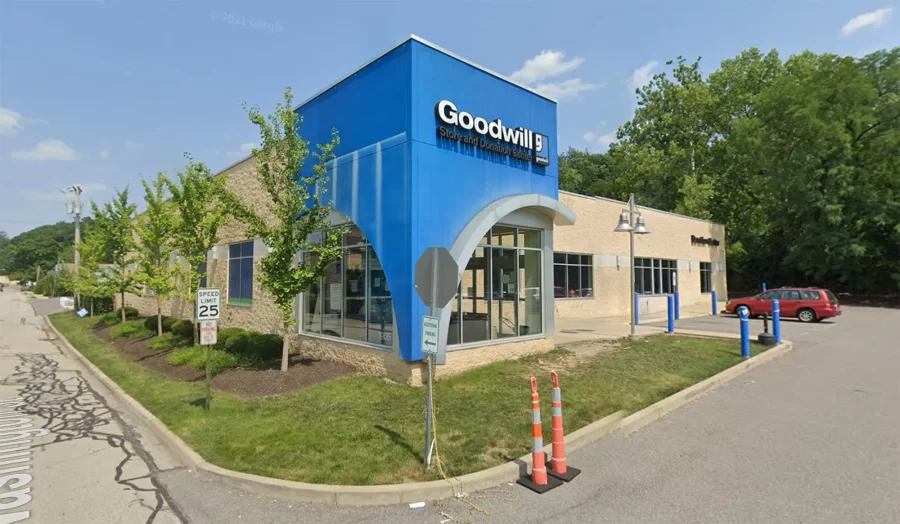The Resurgence of Thrifting and How You Can Stop It’s Gentrification
May 5, 2023
Climate change issues are at the forefront now more than ever. The world is changing in many ways, and most are for the better. We take so many things for granted that didn’t exist in the same manner less than a century ago. One of those things is the fashion industry.
Think about how many cotton t-shirts are in a single shopping mall. Clothing nowadays is produced, thrown in a mall or store, and then everything that goes unsold is exported somewhere else to get sold for cheaper or donated. Sadly, this doesn’t always happen and then some of it is thrown in landfills.
Around 16 million tons of textile waste is generated per year in America alone due to this. Those 16 tons equate to 6% of the world’s total municipal waste. Those numbers are supposed to scare you. Our fashion habits must change for the conservation of our Earth.
This is where thrifting comes in. Thrifting allows anyone, even low income shoppers, to shop sustainably and affordably. Since the inception of thrifting, wealthier people have shied away from shopping secondhand. It is only in recent years that the stigma around secondhand clothing has dissipated. Influencers, celebrities, and social media in general have shifted culture to admire secondhand clothing.
In teens, this admiration stems from vintage clothing especially. Celebrities who post pictures online are often seen in designer brands and newer items, but are also frequently captured by paparazzi in vintage clothing in day to day life. Vintage band tees especially can skyrocket in price if a celebrity wears it, as their fans search for it. Teens also frequently flood thrift stores to secure vintage clothing for cheap prices, but then resell them online.
While reselling vintage clothing may be a simple side hustle, it’s important that people who don’t truly need the money don’t gentrify thrifting. Thrifting started over 100 years ago with stores like the Salvation Army and the more wealthy people completely avoided them. Today there are Goodwill Outlets, a special type of Goodwill, that have bins that rotate in and out throughout the day that anyone can pick through. A rising problem is that resellers drive to these Goodwill stores and take any piece of clothing that is in good condition and could make them a few bucks. The less fortunate who get the majority or entirety of their clothes from thrift stores are having to wait to look through clothes all because people who don’t need these clothes are taking them.
Thrifting also satisfies another crowd. While newer generations may be the ones participating in fast fashion the most, lots of these younger people are environmentalists. Thrifting is great for the environment because all these clothes that would be thrown out or go to waste might be repurposed. Some people simply buy them and wear them, while others upcycle and repurpose them. Either way, it saves these clothes from just being destroyed.
“Everything is unique and different, so it’s truly a one of one shopping experience every time you shop second hand. Second hand is so important because without our Earth we’d have nowhere to wear all these cool clothes, so we have to protect it,” B-Sides Vintage owner Alec Munson said.
B-Sides Vintage is a vintage clothing store located in Millvale. The store extends beyond just clothes with donations made to our own school’s sustainability projects, the Millvale community library, and more.
Thrifting is enjoyable for everyone, but it still has an intended audience. We need to make sure that everyone can enjoy affordable clothing, but not take away the experience from people who depend upon the industry.



